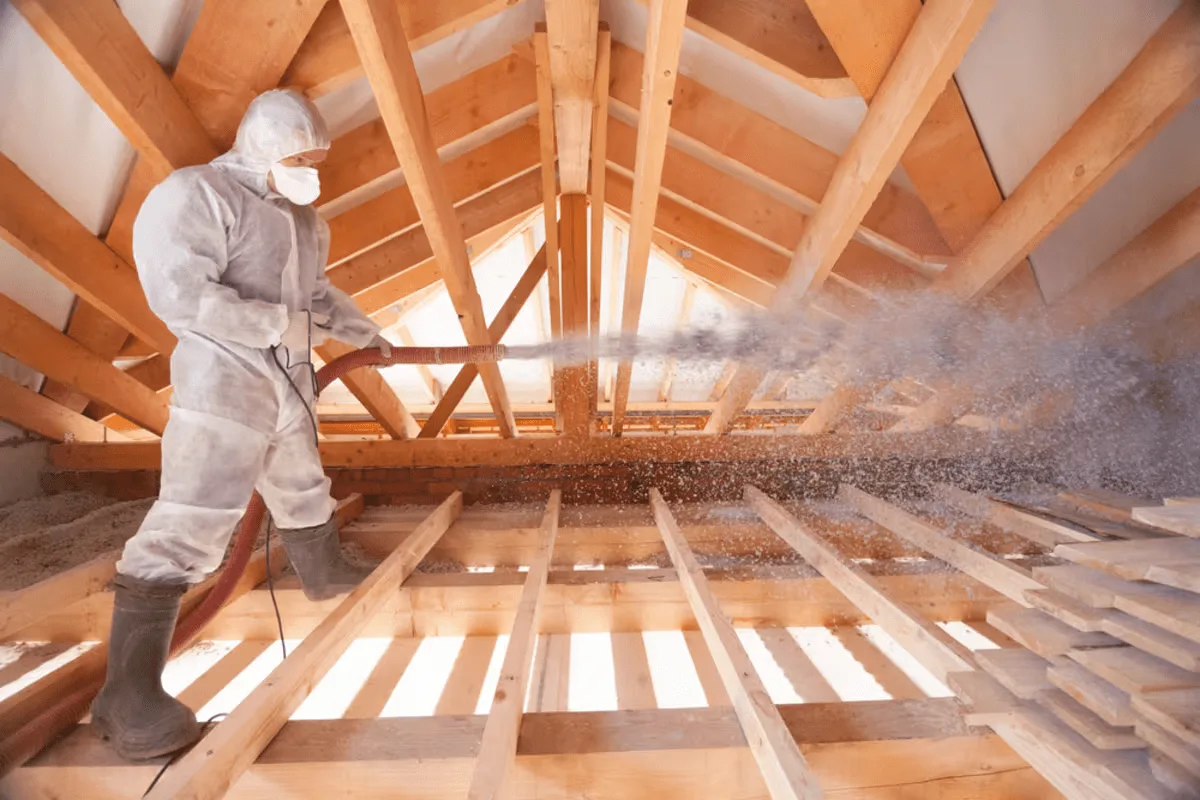Tiles in a home are beautiful to look at, but only when properly maintained. You’ve likely seen tiled surfaces that are cracked, stained, or just look grimy and outdated. With foot traffic, occasional spills, and daily wear-and-tear, keeping tile in good shape is an ongoing task.
Implementing the right care routines keeps your tile lasting longer and your home looking its best. This article will guide you through tile types, cleaning methods, stain removal, grout care, and damage prevention tips for long-lasting, gorgeous tiles.
Understanding Your Tiles
Tile comes in different materials—ceramic, porcelain, natural stone—and each has its own cleaning needs. For example, learning how to clean porcelain tile floors is important since porcelain is less permeable than ceramic and requires gentler scrubbing.
Meanwhile, ceramic tile is very durable but prone to chipping if struck. Porcelain has density, making it more stain-resistant. Acids etch natural stone tile, so it requires pH-neutral cleaners. The idea is to understand what type of tile you have and what its vulnerabilities are. This way, you can tailor your maintenance routine and use the right cleaning methods.
All tiles also have grout in between them, meant to allow for subtle floor movement. Cleaning and sealing grout prevent it from becoming stained or structurally compromised, which can loosen tiles. High foot traffic, excess moisture, and harsh cleaning products all contribute to tile damage over time.
Daily Cleaning Routines
Regular tile cleaning prevents the gradual buildup of dirt by everyday use, which can grind tile surfaces down. Use mild dish soap and warm, clean water applied with a soft cloth or sponge for most tile cleaning. On floor tile, thoroughly sweep debris first, then use a damp mop, allowing excess water to dry.
For periodic deeper cleaning, use tile cleaners found at hardware stores—check if they’re formulated specifically for your tile type. For a DIY cleaner, try mixing a solution of water and a mild detergent designed for your tile type. Avoid vinegar on natural stone.
It’s also important to rinse well and dry tile fully to avoid standing water stains and residue buildup. Allowing moisture under floor tiles can cause them to loosen over time. Establish routine daily and weekly tile cleaning to maintain their appearance and longevity.
Tackling Tough Stains
In most establishments, tiles receive frequent spills and stains. Many household products can tackle them without harsh chemicals. For food, grease, or hard water stains, make a baking soda paste with the addition of water. Apply the paste and let sit briefly before scrubbing and rinsing clean. For rust stains, squeeze fresh lemon juice on the spot and sprinkle salt over the top.
Similarly, a paste of cream of tartar mixed with hydrogen peroxide can lift many stains without heavy scrubbing. Always test these home solutions on inconspicuous areas first and allow them to dry thoroughly after rinsing. Repeat treatments may be needed for some stubborn spots, but take care not to scrub tiles too vigorously. Harsh chemical stain removers should be your last resort.

Grout Maintenance And Repair
Cleaning tile grout keeps it looking fresh and intact structurally since crumbling or missing grout may loosen tiles over time. Use a stiff grout brush and baking soda paste to deep clean dirty grout.
Resealing grout every 1-2 years—more often for showers—is crucial to prevent staining, moisture damage, and mold growth. There are sealants formulated specifically for grout at hardware stores. Allow new grout installations to cure fully, generally about 30 days, before sealing.
With time, some minor grout repairs between tiles may be needed, like smoothing cracks or holes. There are handy DIY grout repair kits available, but let professionals handle more major regrouting if it’s too deteriorated. Well-sealed and structurally sound grout means tiles stay firmly in place for a longer period.
Preventing Future Damage
Prioritizing protection and damage prevention keeps your tiles lasting longer. Use doormats outside entryways to minimize dirt and grit trampling. Area rugs over high-traffic tiles help prevent surface scratches and damage in those zones. Be vigilant with water leaks or flooding, as excess moisture under tiles can compromise or dislodge their bond. Place furniture carefully on the tile using pads underneath to prevent scratches.
In older homes, especially, encaustic cement tile may crack over time. Rather than replacing it entirely, have missing tiles professionally filled or do minor patched repairs yourself, staying true to the historical look. Stop future tile damage in its tracks with thoughtful prevention habits.
Conclusion
Caring consistently for tile surfaces with vigilant cleaning, stain removal, grout upkeep, and damage prevention allows them to stay beautiful decade after decade. Understanding how to clean different tile types properly prevents deterioration while tackling stains quickly keeps them looking fresh for longer. Maintaining surrounding grout keeps the tile stable and secure underfoot.
With some diligent care and protective measures, your tile can last the lifetime of your home. Just remember, an ounce of tile prevention is worth a pound of replacement! Implement these fundamental cleaning routines and repair tactics as issues emerge for tile surfaces that age gracefully.



